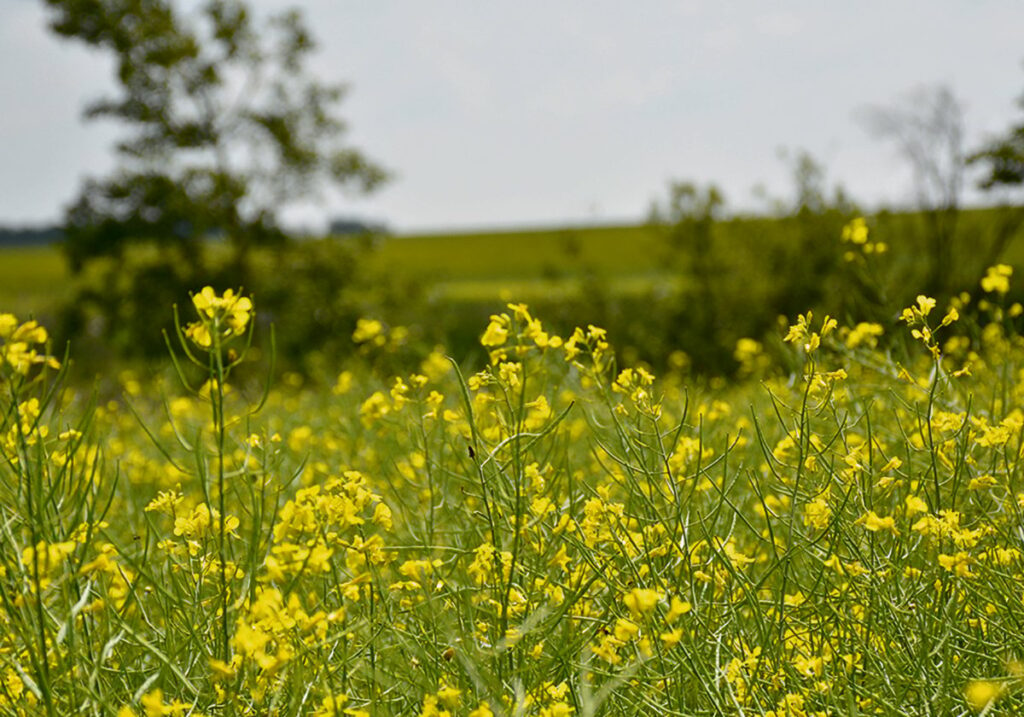Canola market in an enviable position

Old crop canola futures spiked April 24, which put the oilseed’s July contract in a good position to climb above $700 per tonne.
The July contract gained $21.70 during the week ended April 24, with a good percentage of the increase coming that day. It pushed July to $697.40 per tonne, surpassing its psychological resistance level by more than $7.
Dwindling canola supplies in Canada have already created a bullish tone. That was made quite evident on April 17 when Agriculture Canada maintained its 2024-25 canola export projection at 7.50 million tonnes.
Read Also


Funds’ bearish position keeps lid on wheat price
The main driver of the drop in wheat prices has been a long-term bearish position in wheat by the managed money funds.
Within a few hours, the Canadian Grain Commission reported that year-to-date canola exports had already hit 7.38 million tonnes.
With 16 weeks left in the marketing year, Agriculture Canada’s stance was out of lockstep. Then on April 24, the grain commission reported that cumulative canola exports hit 7.52 million tonnes. That’s 72.3 per cent more than this time last year, and domestic use reached 8.45 million tonnes, up 7.1 per cent.
Fueling the improved canola exports in the current marketing year have been China and the European Union, with added help from Japan and the United Arab Emirates. In the grain commission’s most recent monthly report, China imported 3.36 million tonnes of canola as of the end of February, compared to 2.21 million a year ago.
The EU has jumped from Canada’s number six foreign buyer in 2023-24 to third this year. To date, the EU has imported 744,100 tonnes of canola compared to 103,000 at the same time last year. That spike included 177,500 tonnes in February, coming all the way from Vancouver since Thunder Bay is shut down for the winter.
Also, Japan has upped its canola imports this year by 75.5 per cent at 969,000 tonnes, with the UAE jumping 123.4 per cent at 447,100 tonnes.
There has been a growing amount of chatter in the trade that Statistics Canada came up short in its production estimate of 17.84 million tonnes. Thoughts are that StatCan is between one million to 1.5 million tonnes short.
That could explain why the U.S. Department of Agriculture remains adamant that Canada harvested 18.8 million tonnes last fall.
Even with those additional amounts, the current pace of exports and domestic use still has Canada on track to run out of canola before the next harvest hits the commercial pipeline. Price rationing in old crop canola will be vital to reduce demand.
Source: producer.com


